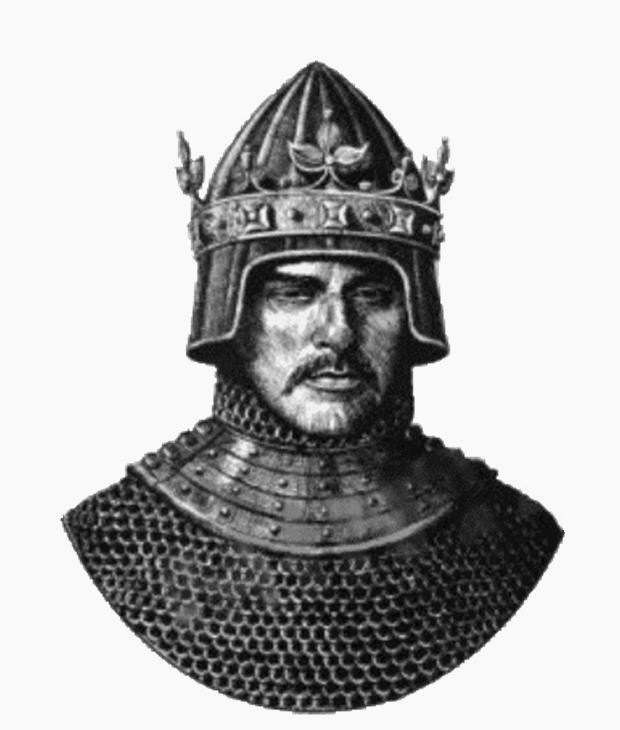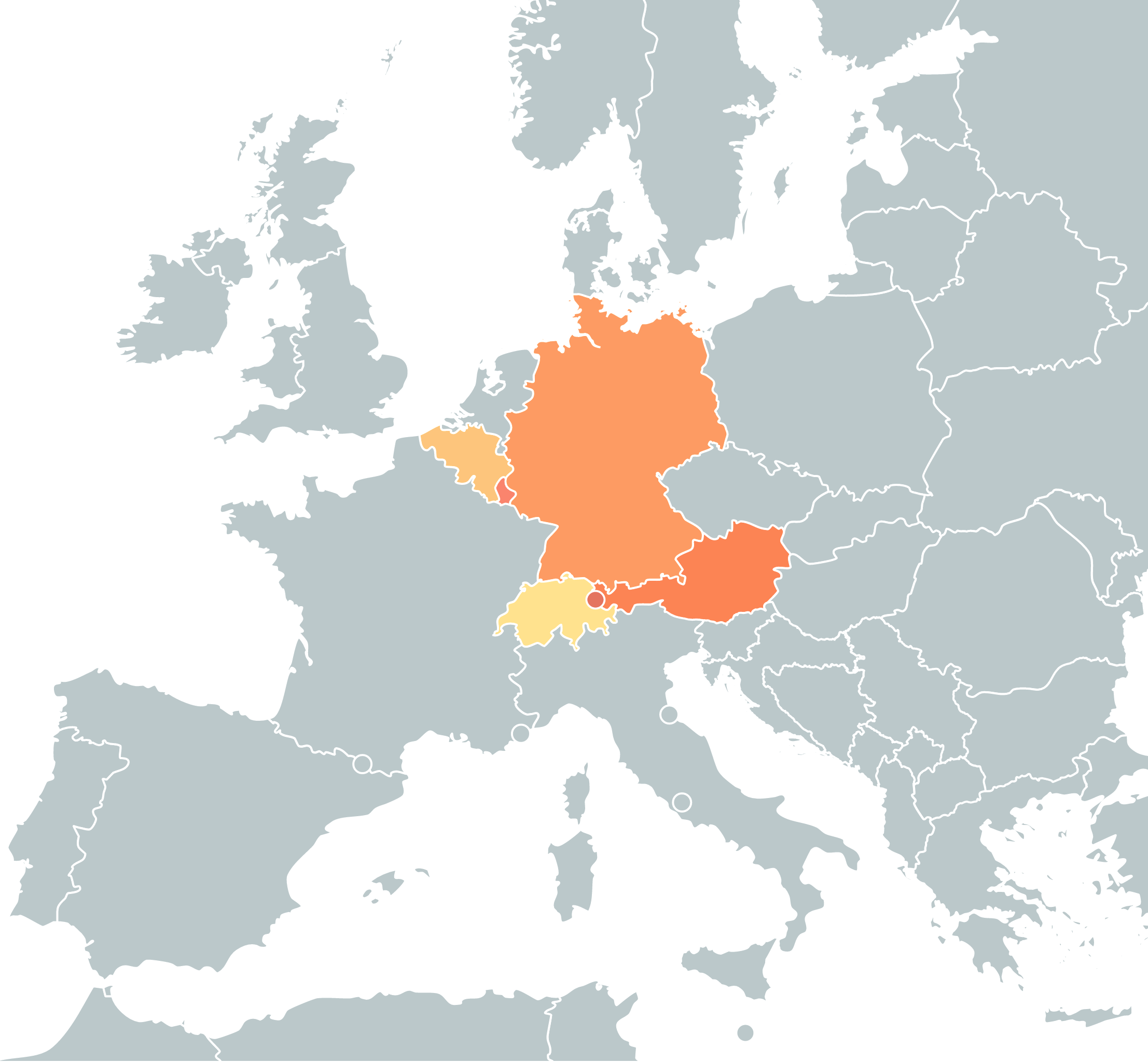|
Saschiz
Saschiz (german: Keisd or Hünenburg; hu, Szászkézd, Hungarian pronunciation: ; Transylvanian Saxon: ''Keist'') is a commune in Mureș County, Transylvania, central Romania. It has a population of 2,048: 88 percent Romanians, 5 percent Germans (more specifically Transylvanian Saxons), 4 percent Hungarians, and 3 percent Roma. It is composed of three villages, namely: Cloașterf, Mihai Viteazu (''Zoltan'' until 1932), and Saschiz. Saschiz, with its 15th-century church, is part of the World Heritage Site Villages with fortified churches in Transylvania, designated in 1999 by UNESCO. Natives * Ion Dacian (1911–1981), light opera singer * Dan-Alexandru Voiculescu (1940–2009), composer Gallery File:Cetatea Taraneasca de la Saschiz , vedere panoramica.jpg, The peasant citadel File:Saschiz Situl rural.JPG, Rural view File:Biserica fortificată din Saschiz 1.jpg, The Evangelical Lutheran church See also * Transylvanian Saxons * Villages with fortified churches in Transy ... [...More Info...] [...Related Items...] OR: [Wikipedia] [Google] [Baidu] |
Saschiz Fortified Church
The Saschiz fortified church ( ro, Biserica fortificată din Saschiz; german: Kirchenburg von Keisd) is a Lutheran fortified church in Saschiz (''Keisd''), Mureș County, in the Transylvania region of Romania. It was built by the ethnic German Transylvanian Saxon community at a time when the area belonged to the Kingdom of Hungary. Initially Roman Catholic, it became Lutheran following the Reformation. Together with the surrounding village, the church forms part of the villages with fortified churches in Transylvania UNESCO World Heritage Site. Description Background and church Construction of a large fortified late Gothic church began in 1493 on the site of a Romanesque basilica,Saschiz/Keisd at biserici-fortificate.com [...More Info...] [...Related Items...] OR: [Wikipedia] [Google] [Baidu] |
Villages With Fortified Churches In Transylvania
The south-eastern Transylvania region in Romania currently has one of the highest numbers of existing fortified churches from the 13th to 16th centuries. It has more than 150 well preserved fortified churches of a great variety of architectural styles (out of an original 300 fortified churches). Listed as a UNESCO World Heritage Site, Villages with Fortified Churches in Transylvania are seven villages (six Saxon and one Székely) founded by the Transylvanian Saxons. They are dominated by fortified churches and characterized by a specific settlement pattern that has been preserved since the Late Middle Ages.Villages with Fortified Churches in Transylvania. UNESCO World Heritage Centre 1992-2010 The list The seven villages listed as a |
Mureș County
Mureș County (, ro, Județul Mures, hu, Maros megye) is a county ('' județ'') of Romania, in the historical region of Transylvania, with the administrative centre in Târgu Mureș. The county was established in 1968, after the administrative reorganization that re-introduced the historical ''judeţ'' (county) system, still used today. This reform eliminated the previous Mureș-Magyar Autonomous Region, which had been created in 1952 within the People's Republic of Romania. Mureș County has a vibrant multicultural fabric that includes Hungarian-speaking Székelys and Transylvanian Saxons, with a rich heritage of fortified churches and towns. Name In Hungarian, it is known as ''Maros megye'' (), and in German as ''Kreis Mieresch''. Under Kingdom of Hungary, a county with an similar name ( Maros-Torda County, ro, Comitatul Mureş-Turda) was created in 1876. There was a county with the same name under the Kingdom of Romania, and a Mureș-Magyar Autonomous Region (1960– ... [...More Info...] [...Related Items...] OR: [Wikipedia] [Google] [Baidu] |
Germans Of Romania
The Germans of Romania (german: Rumäniendeutsche; ro, Germanii din România) represent one of the most significant historical ethnic minorities of Romania. During the interwar period, the total number of ethnic Germans in this country amounted to as much as 800,000 (according to some sources and estimates dating to 1939, just on the verge of World War II), a figure which has subsequently fallen to 36,000 (according to the 2011 census). Following the decreasing trend of the overall population of Romania, the German community of the country is expected to continue shrinking in numbers as well, as it will later be officially reported in the near future by the partial results of the 2022 census. Overview and classification of Romanian-Germans The Germans of Romania (or Romanian-Germans) are not a single, unitary, homogeneous group, but rather a series of various regional sub-groups, each with their different culture, traditions, dialects, and history. This claim ste ... [...More Info...] [...Related Items...] OR: [Wikipedia] [Google] [Baidu] |
Transylvanian Saxons
The Transylvanian Saxons (german: Siebenbürger Sachsen; Transylvanian Saxon: ''Siweberjer Såksen''; ro, Sași ardeleni, sași transilvăneni/transilvani; hu, Erdélyi szászok) are a people of German ethnicity who settled in Transylvania (german: Siebenbürgen) in waves starting from the mid- 12th century until the mid 19th century. The legal foundation of the settlement was laid down in the Diploma Andreanum issued by King Andrew II of Hungary that is known for providing the first territorial autonomy hitherto in the history. The Transylvanian "Saxons" originally came from Flanders, Hainaut, Brabant, Liège, Zeeland, Moselle, Lorraine, and Luxembourg, then situated in the north-western territories of the Holy Roman Empire around the 1140s. After 1918 and the dissolution of Austria-Hungary, in the wake of the Treaty of Trianon, Transylvania united with the Kingdom of Romania. Consequently, the Transylvanian Saxons, together with other ethnic German sub-groups in ... [...More Info...] [...Related Items...] OR: [Wikipedia] [Google] [Baidu] |
Dan-Alexandru Voiculescu
Dan Voiculescu (born 20 July 1940 in Saschiz, died 29 August 2009, in Bucharest) was a Romanian composer, doctor of musicology (1983), professor of counterpoint and composition at the Music Academy in Cluj-Napoca (since 1963) and the National Music University of Bucharest (since 2000), and a member of the Union of Romanian Composers and Musicologists (since 1965). His musicological studies fill a niche in the Romanian bibliography; they are significant contributions towards understanding the polyphony of 20th-century classical music. His compositions are performed frequently, both in Romania and abroad. Published works Compositions * The Bald Prima Donna, comical chamber opera, after Eugène Ionesco, 1992–1993 * Cantata for baritone, choir and orchestra, 1977 * Simfonia ostinato, 1963 * Visions cosmiques, 1968 * Music for strings, 1971 * Pieces for orchestra, 1975 * Suite from Codex Caioni for strings, 1996 * Inflorescences for strings,2001 * Works for piano solo ** Fabl ... [...More Info...] [...Related Items...] OR: [Wikipedia] [Google] [Baidu] |
Ion Dacian
Ion Dacian, born Ion Pulcă (11 October 19118 December 1981) was a Romania Romania ( ; ro, România ) is a country located at the crossroads of Central Europe, Central, Eastern Europe, Eastern, and Southeast Europe, Southeastern Europe. It borders Bulgaria to the south, Ukraine to the north, Hungary to the west, S ...n tenor known especially as a light opera singer. He was born in 1911 in Saschiz, Mureș County. Dacian studied in parallel and graduated both from the Law Faculty and the Music Academy of Cluj. His canto teacher was Ion Crișan. He died in 1981 in Bucharest. 1911 births 1981 deaths People from Mureș County Romanian operatic tenors 20th-century Romanian male opera singers Gheorghe Dima Music Academy alumni {{Opera-singer-stub ... [...More Info...] [...Related Items...] OR: [Wikipedia] [Google] [Baidu] |
Communes In Mureș County
An intentional community is a voluntary residential community which is designed to have a high degree of social cohesion and teamwork from the start. The members of an intentional community typically hold a common social, political, religious, or spiritual vision, and typically share responsibilities and property. This way of life is sometimes characterized as an "alternative lifestyle". Intentional communities can be seen as social experiments or communal experiments. The multitude of intentional communities includes collective households, cohousing communities, coliving, ecovillages, monasteries, survivalist retreats, kibbutzim, hutterites, ashrams, and housing cooperatives. History Ashrams are likely the earliest intentional communities founded around 1500 BCE, while Buddhist monasteries appeared around 500 BCE. Pythagoras founded an intellectual vegetarian commune in about 525 BCE in southern Italy. Hundreds of modern intentional communities were formed across Europe ... [...More Info...] [...Related Items...] OR: [Wikipedia] [Google] [Baidu] |
Hungarian Language
Hungarian () is an Uralic language spoken in Hungary and parts of several neighbouring countries. It is the official language of Hungary and one of the 24 official languages of the European Union. Outside Hungary, it is also spoken by Hungarian communities in southern Slovakia, western Ukraine (Subcarpathia), central and western Romania ( Transylvania), northern Serbia ( Vojvodina), northern Croatia, northeastern Slovenia ( Prekmurje), and eastern Austria. It is also spoken by Hungarian diaspora communities worldwide, especially in North America (particularly the United States and Canada) and Israel. With 17 million speakers, it is the Uralic family's largest member by number of speakers. Classification Hungarian is a member of the Uralic language family. Linguistic connections between Hungarian and other Uralic languages were noticed in the 1670s, and the family itself (then called Finno-Ugric) was established in 1717. Hungarian has traditionally been assigned to ... [...More Info...] [...Related Items...] OR: [Wikipedia] [Google] [Baidu] |
German Language
German ( ) is a West Germanic language mainly spoken in Central Europe. It is the most widely spoken and official or co-official language in Germany, Austria, Switzerland, Liechtenstein, and the Italian province of South Tyrol. It is also a co-official language of Luxembourg and Belgium, as well as a national language in Namibia. Outside Germany, it is also spoken by German communities in France ( Bas-Rhin), Czech Republic (North Bohemia), Poland ( Upper Silesia), Slovakia (Bratislava Region), and Hungary ( Sopron). German is most similar to other languages within the West Germanic language branch, including Afrikaans, Dutch, English, the Frisian languages, Low German, Luxembourgish, Scots, and Yiddish. It also contains close similarities in vocabulary to some languages in the North Germanic group, such as Danish, Norwegian, and Swedish. German is the second most widely spoken Germanic language after English, which is also a West Germanic language. German ... [...More Info...] [...Related Items...] OR: [Wikipedia] [Google] [Baidu] |
Romanian Language
Romanian (obsolete spellings: Rumanian or Roumanian; autonym: ''limba română'' , or ''românește'', ) is the official and main language of Romania and the Republic of Moldova. As a minority language it is spoken by stable communities in the countries surrounding Romania (Bulgaria, Hungary, Serbia, and Ukraine), and by the large Romanian diaspora. In total, it is spoken by 28–29 million people as an L1+ L2, of whom 23–24 millions are native speakers. In Europe, Romanian is rated as a medium level language, occupying the tenth position among thirty-seven official languages. Romanian is part of the Eastern Romance sub-branch of Romance languages, a linguistic group that evolved from several dialects of Vulgar Latin which separated from the Western Romance languages in the course of the period from the 5th to the 8th centuries. To distinguish it within the Eastern Romance languages, in comparative linguistics it is called ''Daco-Romanian'' as opposed to its closest r ... [...More Info...] [...Related Items...] OR: [Wikipedia] [Google] [Baidu] |
World Heritage Site
A World Heritage Site is a landmark or area with legal protection by an international convention administered by the United Nations Educational, Scientific and Cultural Organization (UNESCO). World Heritage Sites are designated by UNESCO for having cultural, historical, scientific or other form of significance. The sites are judged to contain "cultural and natural heritage around the world considered to be of outstanding value to humanity". To be selected, a World Heritage Site must be a somehow unique landmark which is geographically and historically identifiable and has special cultural or physical significance. For example, World Heritage Sites might be ancient ruins or historical structures, buildings, cities, deserts, forests, islands, lakes, monuments, mountains, or wilderness areas. A World Heritage Site may signify a remarkable accomplishment of humanity, and serve as evidence of our intellectual history on the planet, or it might be a place of great natural beauty. A ... [...More Info...] [...Related Items...] OR: [Wikipedia] [Google] [Baidu] |


.png)




